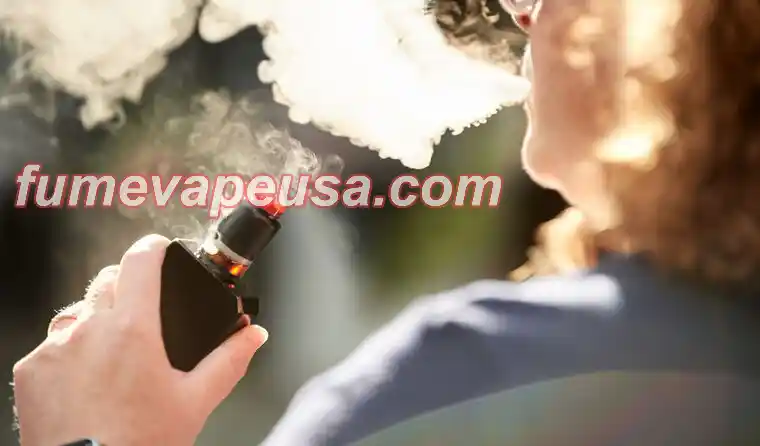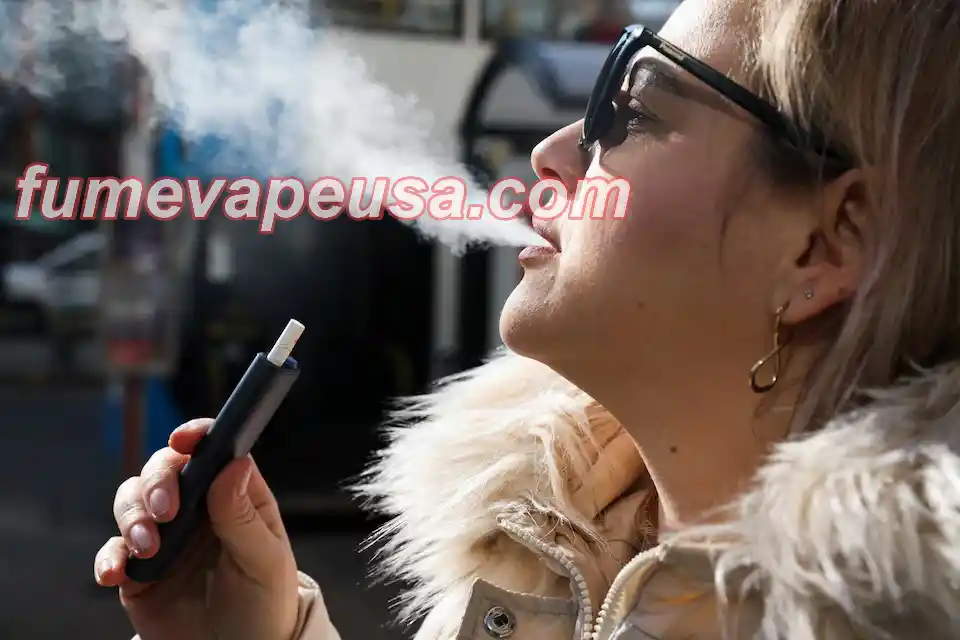The Changing Landscape of Vape Regulation and Market Trends: A Global Overview
The Changing Landscape of Vape Regulation and Market Trends: A Global Overview
In recent months, the world has witnessed significant shifts in the way countries approach the regulation of new tobacco products, including vapes and heated tobacco. From regulatory decisions in Vietnam to the Maldives and the United States, it’s clear that the vaping industry is entering a new phase, with authorities balancing public health concerns with consumer interests and economic factors. Let's dive into the latest developments in the vaping world, and what they mean for consumers, businesses, and lawmakers alike.
Vietnam: A Balancing Act Between Health and Economic Interests
In Vietnam, the regulation of vaping products, particularly heated tobacco and vapes, has become a hot-button issue. On November 15, Vice Prime Minister Lê Thành Long addressed concerns raised by Minister of Health Đào Hồng Lan during a session in the National Assembly. According to Long, the government has struggled to find a unified stance on regulating these products. Different groups—including scientists, industry players, and policymakers—hold conflicting views on how to best approach the issue. Looking for more vapes? fume vape eternity 20k puffs helps you discover new options!
The Vice Prime Minister emphasized the importance of basing regulation on scientific data while considering the interests of all parties involved. Despite repeated calls from the government for a comprehensive policy on new tobacco products, consensus remains elusive. The debate is further complicated by varying opinions on the health risks posed by these products.
Notably, the Minister of Industry, Nguyễn Hồng Diên, mentioned that while some departments have supported the Ministry of Industry’s pilot regulatory scheme, the Ministry of Health has voiced strong opposition. As opinions continue to diverge, Vice Prime Minister Long called for better collaboration between the Ministry of Health and other relevant agencies to develop effective regulatory measures. These efforts aim to ensure that any new laws not only address health concerns but also consider market dynamics and the needs of consumers.
This ongoing debate reflects a broader trend seen in many countries, where governments are wrestling with how to regulate an industry that blends both public health concerns and significant economic stakes. The role of vapes, especially in providing smokers with a harm-reduction alternative, adds another layer of complexity to the discussion.
Maldives: A Total Ban on Vapes
Meanwhile, the Maldives has taken a more definitive approach. On November 12, the country’s parliament passed a revision of its Tobacco Control Act that effectively bans the import, sale, and use of electronic cigarettes and related products. The law also includes provisions for heavy penalties, including fines and potential suspension of business licenses, for those caught violating the ban.
Under the new law, vapes will face penalties of up to $3,242 for illegal importation, with individual products carrying fines of $648 each. Additionally, the sale of vapes is punishable by fines up to $1,297, with a similar penalty for the distribution of these products.
As part of this sweeping reform, the law also prohibits tobacco cultivation within the Maldives, making it illegal to import tobacco plants, seeds, or any part of the plant. This prohibition extends to the domestic production of tobacco products, a move aimed at reducing the availability of all forms of tobacco, including vapes.
The Maldives’ decision to implement such strict regulations marks a sharp contrast to the more lenient approach taken by other countries in the region. However, it also aligns with a growing global trend where health-focused regulations take precedence over consumer choice, with some governments opting for outright bans on vaping products.
The United States: A New Era for Tobacco and Vape Regulations?
In the United States, the vaping landscape is also undergoing significant changes, especially with President Donald Trump’s recent nomination of Robert F. Kennedy Jr. as Secretary of Health and Human Services (HHS). Kennedy, known for his environmental activism and controversial views on vaccines, will now be tasked with overseeing the regulation of vaping products, nicotine, and tobacco under the U.S. Food and Drug Administration (FDA). Are fume vapes safe helps you discover new options!
Kennedy’s stance on vaping is somewhat unclear, but he has been vocal about the need for greater scrutiny of tobacco and nicotine products, especially those targeted at children. His appointment is seen by some as part of Trump’s broader efforts to reform public health policies, particularly those that concern harmful chemicals in food, medicine, and tobacco products.
Trump himself has previously pledged to “save vaping,” a promise that aligns with his administration’s more pro-business, consumer-oriented approach to regulation. While there is no doubt that Kennedy’s leadership will shape future FDA decisions, the broader regulatory landscape in the U.S. will likely remain in flux as the government continues to grapple with balancing public health, consumer freedoms, and the powerful tobacco industry.
United Kingdom: Prescription Drugs and Vapes in the Fight Against Smoking
In the UK, the National Health Service (NHS) has introduced a new initiative to help smokers quit by offering a modified version of Varenicline, a drug known to help curb nicotine cravings. The modified version has been shown to be just as effective as vapes in helping individuals stop smoking, but it is considered more effective than nicotine gum or patches.
This move aligns with the NHS’s ongoing efforts to reduce smoking rates, particularly among younger populations. Varenicline works by blocking the effects of nicotine on the brain, reducing both cravings and withdrawal symptoms like irritability and insomnia. When combined with behavioral support, the drug has proven to help approximately one-quarter of smokers quit for at least six months.
Interestingly, vapes, while recognized as a useful smoking cessation tool, have not yet been licensed as medical products in the UK. As a result, doctors cannot prescribe them directly to patients, although some local NHS services offer them as part of smoking cessation programs. Despite this, vapes are widely regarded as less harmful than traditional smoking, and the NHS has acknowledged their role in helping smokers reduce or quit tobacco use.
This approach underscores the UK’s nuanced stance on vaping, where public health officials support the use of vapes as a harm-reduction strategy but emphasize that they should be used exclusively by current smokers who wish to quit.
Australia: New Packaging Laws and the Rise of Vapes
In Australia, the government is implementing significant reforms to tobacco packaging, including a new regulation that mandates health warning labels on every individual cigarette. This follows similar initiatives in Canada, where authorities have taken bold steps to highlight the dangers of smoking through packaging design.
The goal of the reform is to further deter smoking and reduce tobacco use, which remains a major public health challenge. In addition to the new packaging rules, Australia is also tackling the rise of vape use, which has increased significantly over the past few years. From 2019 to 2022, the number of Australians using vapes nearly doubled, from 11.3% to 19.8%.
While smoking rates continue to decline, the surge in vape usage has raised concerns among health officials. In response, the Australian government is likely to implement additional regulations on vaping products to curb their appeal to young people and prevent nicotine addiction.
The Future of Vaping: What’s Next?
As countries around the world implement their own regulatory measures, the future of the vaping industry remains uncertain. While some nations opt for bans, others are exploring harm-reduction strategies that allow for safer alternatives to smoking. Regardless of the approach, it is clear that the regulation of vaping products will be a critical issue for years to come.
For consumers, the evolving regulatory landscape means that access to their favorite products could vary dramatically depending on where they live. Businesses in the vaping industry must stay informed and adaptable, as regulatory shifts can impact their product offerings and market strategies. And for policymakers, the challenge remains to strike a balance between protecting public health, supporting harm-reduction efforts, and respecting consumer choice.
In the end, it’s clear that the global conversation about vaping will continue to evolve, with new challenges and opportunities emerging for both consumers and regulators alike. Whether you're a vape enthusiast, a business owner, or simply a curious observer, the story of vaping regulation is one to watch closely.
